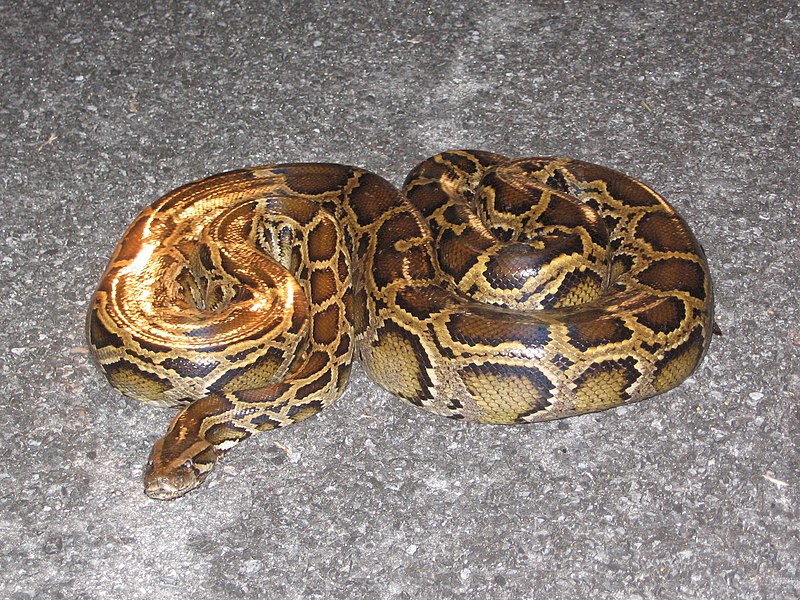 Assassin Bugs, while not the best known of invertebrate pets, are actually quite popular with insect specialists and in public collections. I began working with 2 African species in the early 80’s, and soon built up a collection of native forms as well. Recent studies at Australia’s Macquarie University have revealed that one Assassin Bug captures spiders by tweaking their webs in imitation of a trapped insect. I’ll cover the care of some commercially available Assassin Bugs in Part 2.
Assassin Bugs, while not the best known of invertebrate pets, are actually quite popular with insect specialists and in public collections. I began working with 2 African species in the early 80’s, and soon built up a collection of native forms as well. Recent studies at Australia’s Macquarie University have revealed that one Assassin Bug captures spiders by tweaking their webs in imitation of a trapped insect. I’ll cover the care of some commercially available Assassin Bugs in Part 2.
Hunting the Hunters
Assassin Bugs are predatory insects of the Order Hemiptera (insects with piercing mouthparts). Most lie in wait for invertebrates to stray within reach, others feed upon blood, and a few employ elaborate ruses in order to trick their prey within striking range. Read More »
 That Reptile Blog – Reptile, Amphibian and Exotic Pet Care and Information
That Reptile Blog – Reptile, Amphibian and Exotic Pet Care and Information


